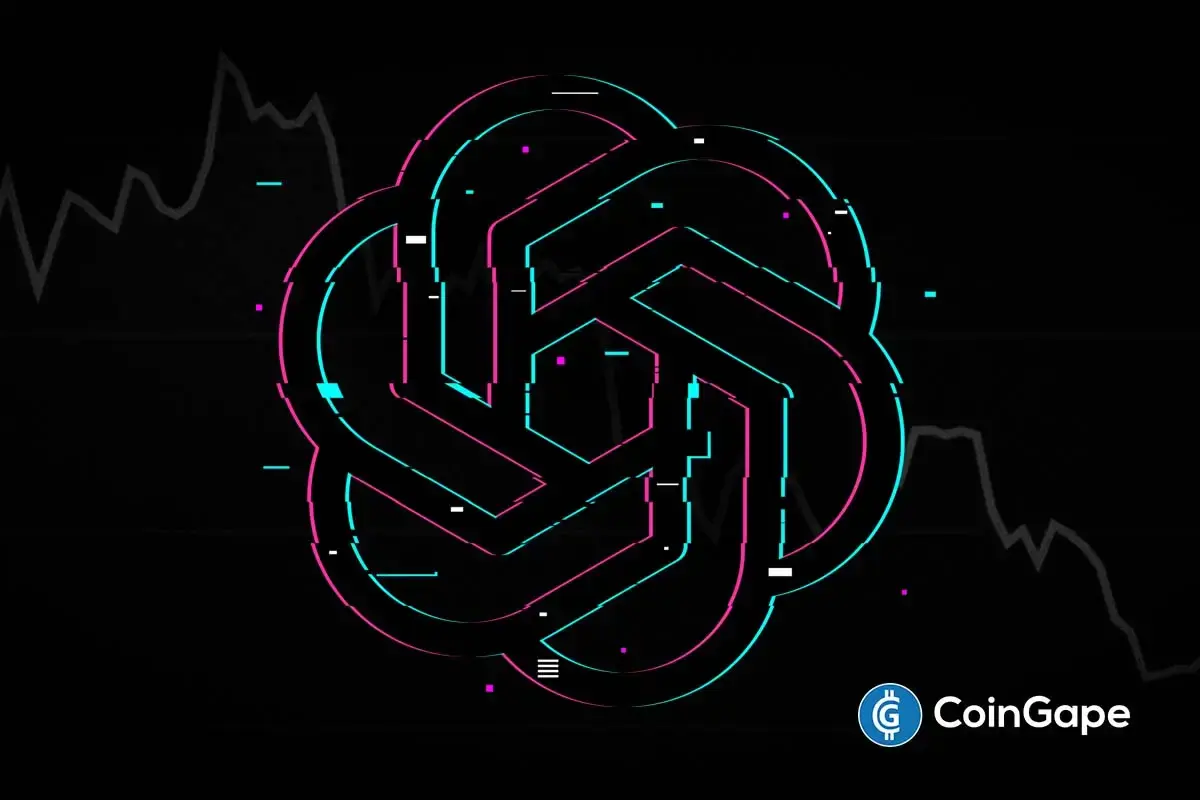AI Text Detection Tool from OpenAI Closed Secretly

OpenAI, a leading artificial intelligence research lab, has recently made headlines by quietly shutting down its AI detection tool.
OpenAI’s decision to unplug the AI Classifier was made discreetly, as no new announcement was made. Instead, the closure was showcased in a footnote to the original blog post announcing the tool’s release. The note simply mentioned the reason for the discontinuance, and the link to the AI Classifier is no longer available, indicating the end of the tool’s brief existence.
The Rise and Fall of the OpenAI AI Classifier
OpenAI’s AI classifier, unveiled in January, was met with anticipation for its potential to distinguish between AI-generated and human-created content. The classifier aimed to bolster trust in online information sources and preserve the authenticity of content in an age where AI-generated text is proliferating.
However, the tool’s journey was short-lived. OpenAI highlighted that the tool’s performance fell short of expectations, hampered by low accuracy rates that rendered it ineffective in fulfilling its primary purpose.
Educators and professionals hoped it would be a powerful tool to combat the spread of misinformation and ensure academic integrity. However, from the outset, OpenAI acknowledged that the classifier was “not fully reliable,” cautioning users about its limitations.
Upon its release, OpenAI ran evaluations on a designated “challenge set” of English texts to gauge the classifier’s effectiveness. The results were far from flawless, with only 26% of AI-written content properly identified as “likely AI-written,” while mistakenly classifying human-written content as AI-written 9% of the time.
Additionally, the tool proved unreliable when handling texts with fewer than 1,000 characters.
Commitment to Improvement
While the AI classifier’s failure was a setback, OpenAI remains determined to tackle the broader challenges of AI-generated media. The organization said it is dedicated to creating and deploying technologies that will enable people to determine whether audio or visual information is generated by AI.
With AI technology quickly progressing, the possibility of bad actors exploiting the technology in these mediums is becoming a major issue. The objective of OpenAI to empower people in identifying AI-generated audio and visual material is a noteworthy step toward a more secure and informed digital ecosystem.
- TRUMP Coin Gets Big Utility Boost With President Trump–Inspired Game Set for Launch
- Avalanche, Crypto Associations Held Key Meeting with US SEC Crypto Task Force
- Tidal Trust Files For ‘Bitcoin AfterDark ETF’, Could Off-Hours Trading Boost Returns?
- OCC Confirms That Banks Can Facilitate No-Risk Crypto Transactions
- Bitcoin, Ethereum, XRP, Solana Rally Ahead of Fed Rate-Cut Decision
- HYPE Price Drops 7% as $2.2M Shift and 10M Token Unlocks Stir Fear — What’s Next?
- Ethereum Price Breaks $3,390: What’s Driving 10% Surge?
- Shiba Inu Price Surges as Whale Transfers Hit Highest Levels Since June
- Bitcoin Price Alarming Patterns Point to a Dive to $80k After FOMC Decision
- Pi Network Price Could Surge to 15%, But Watch Out for This
- Cardano Price Prediction – Analyst Eyes 56% Rally as Taker Buy Dominance Strengthens

















